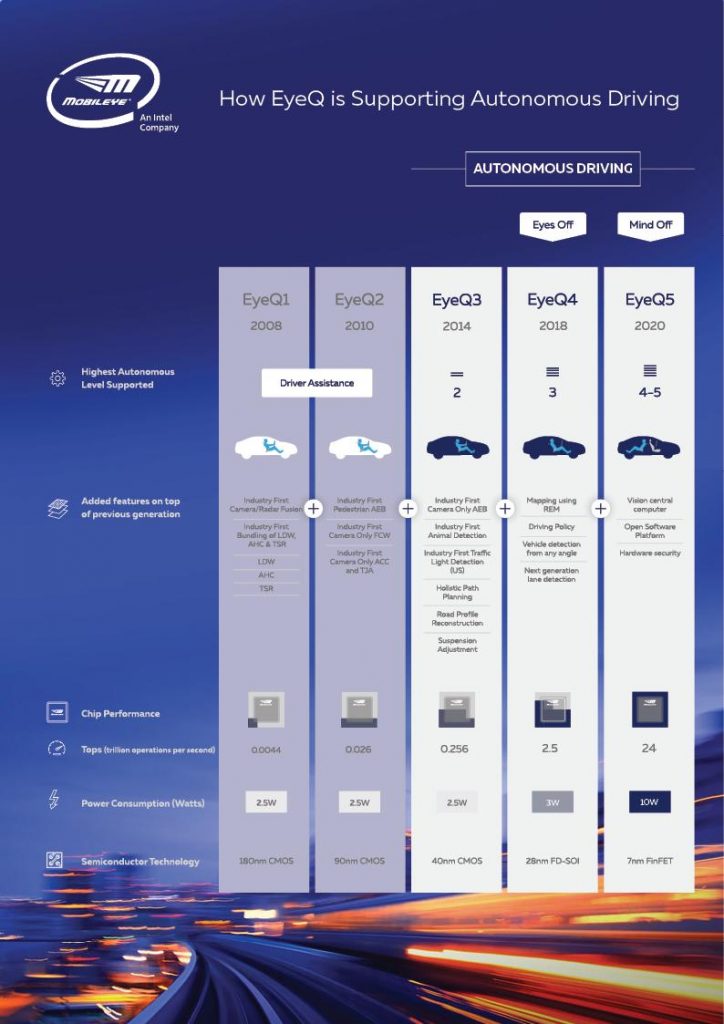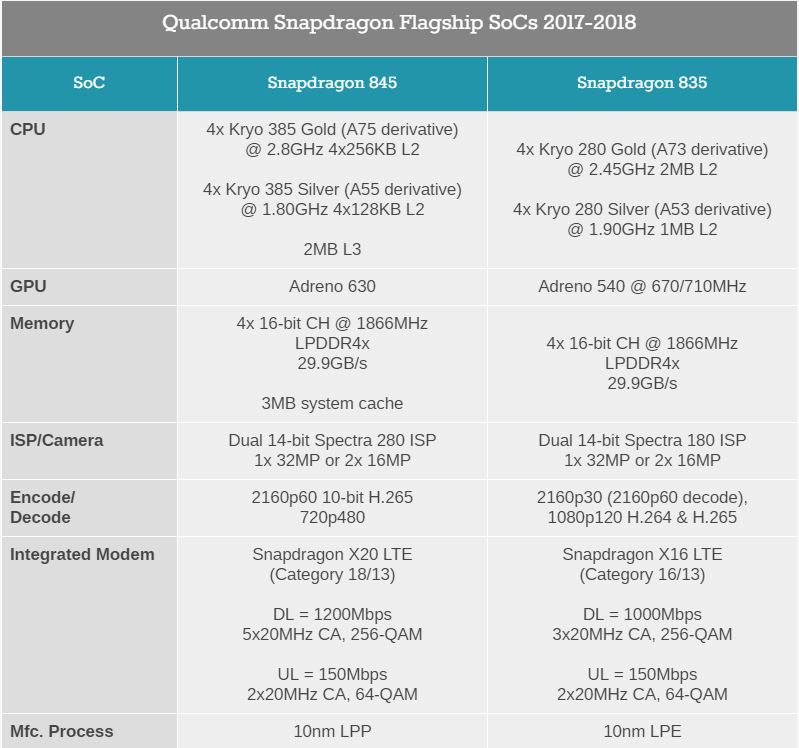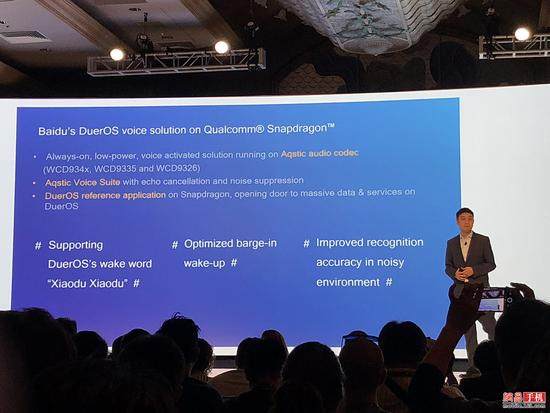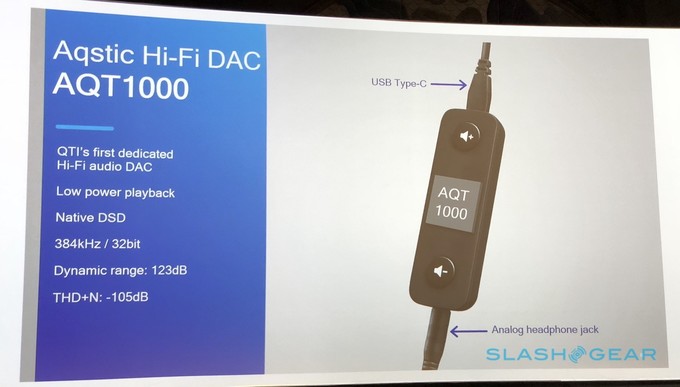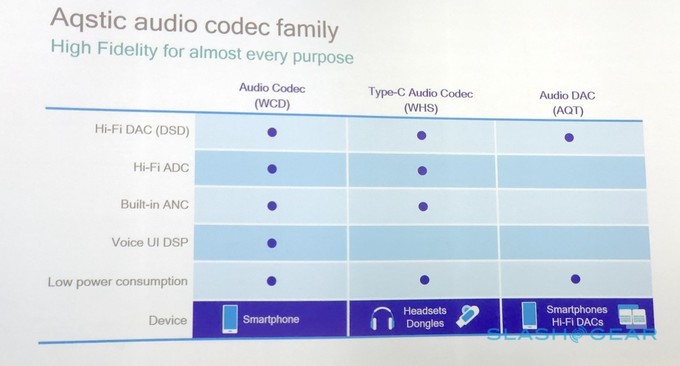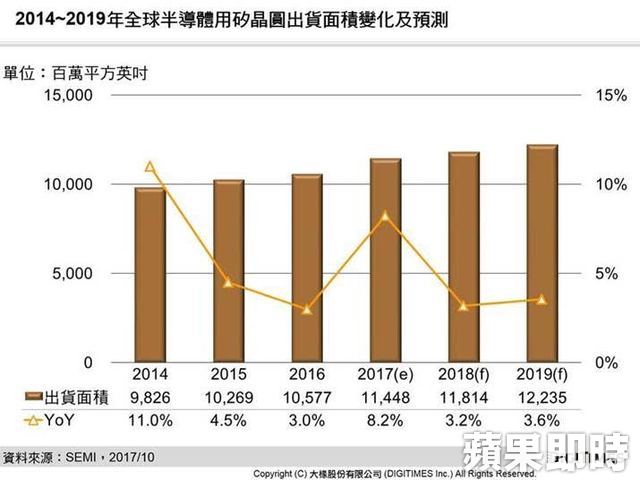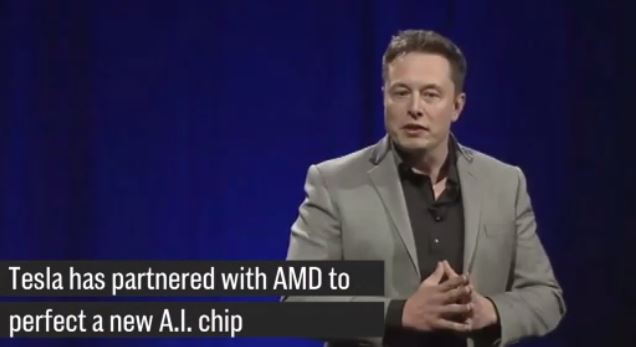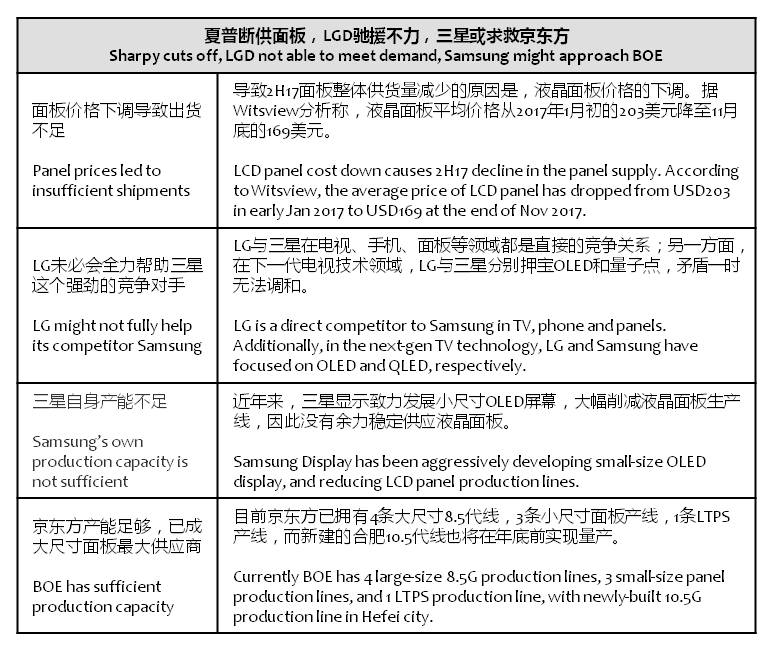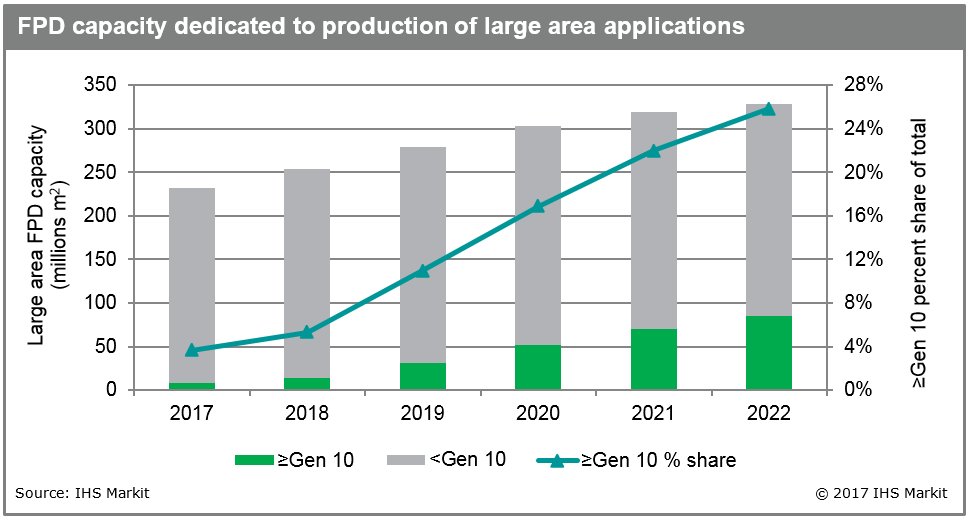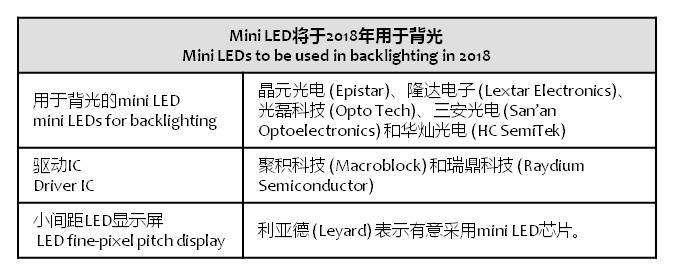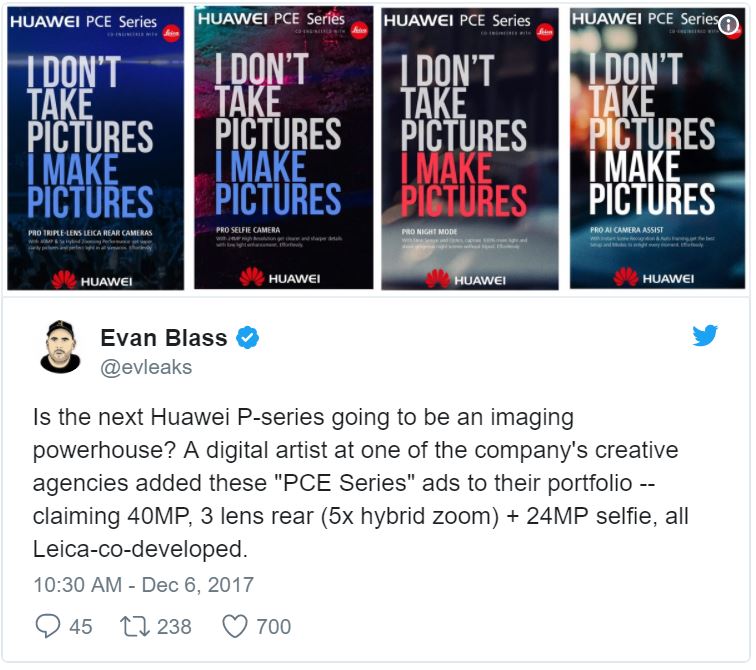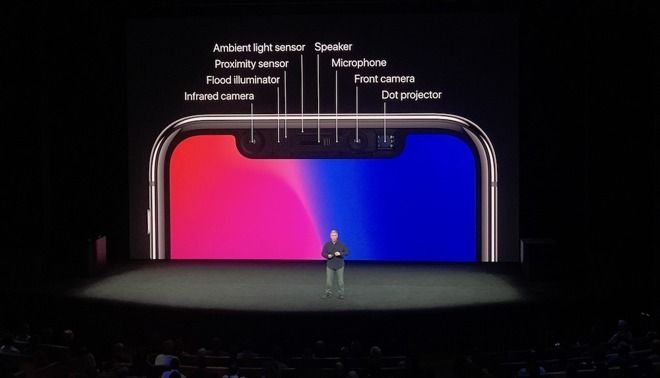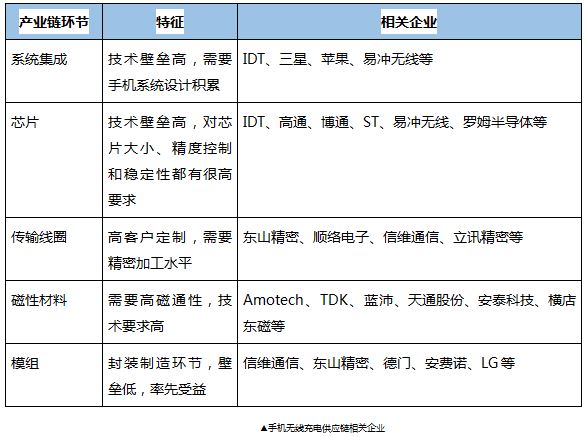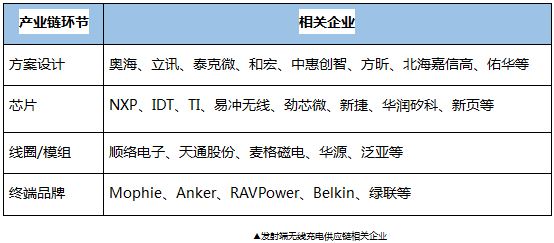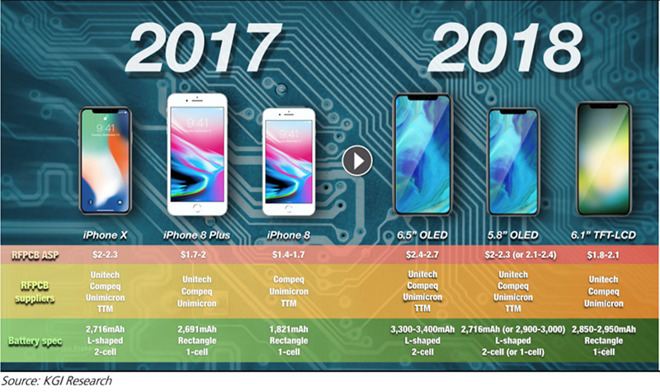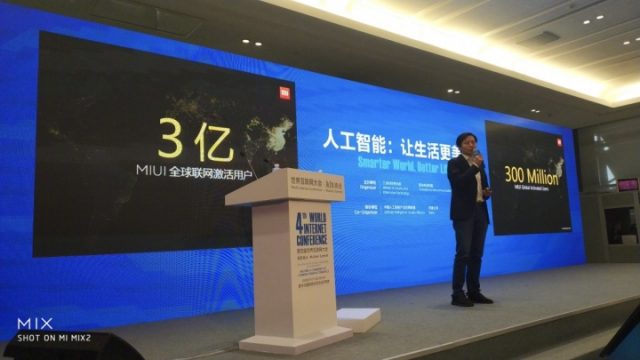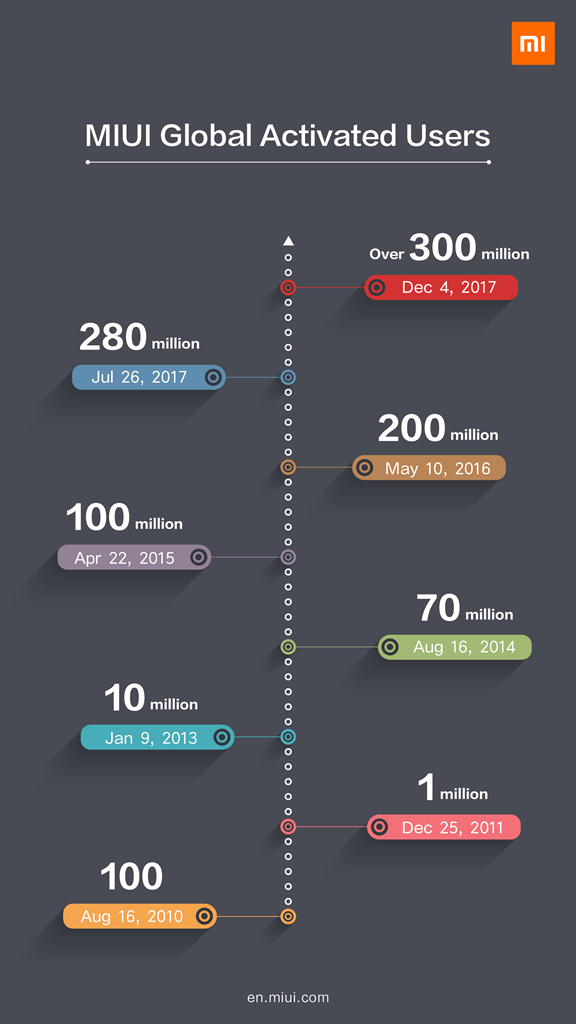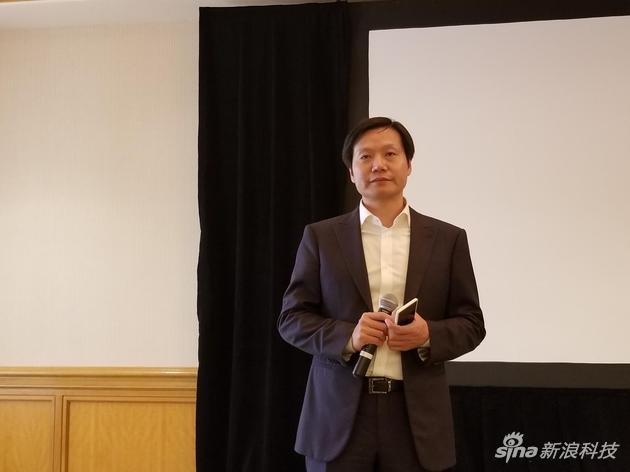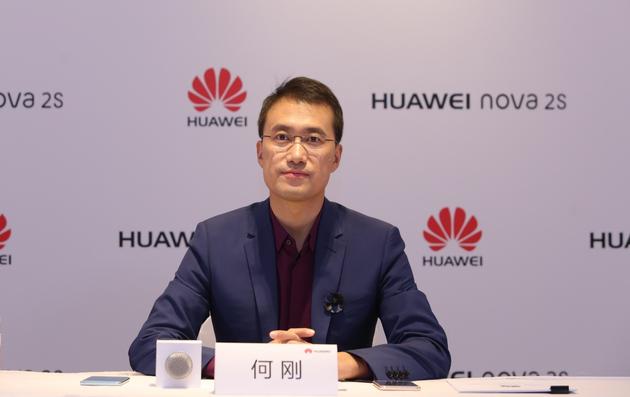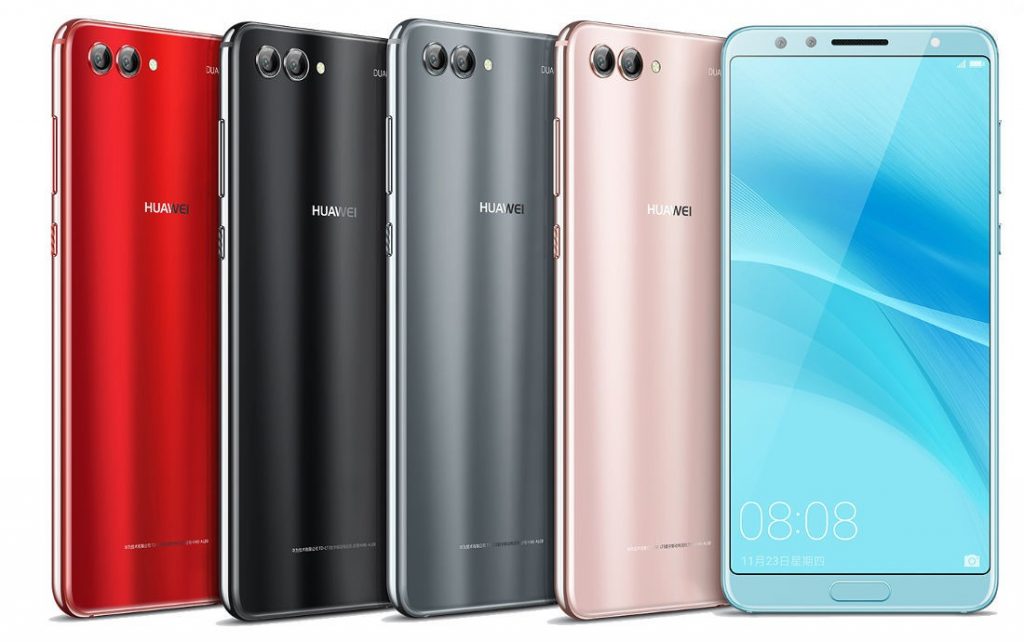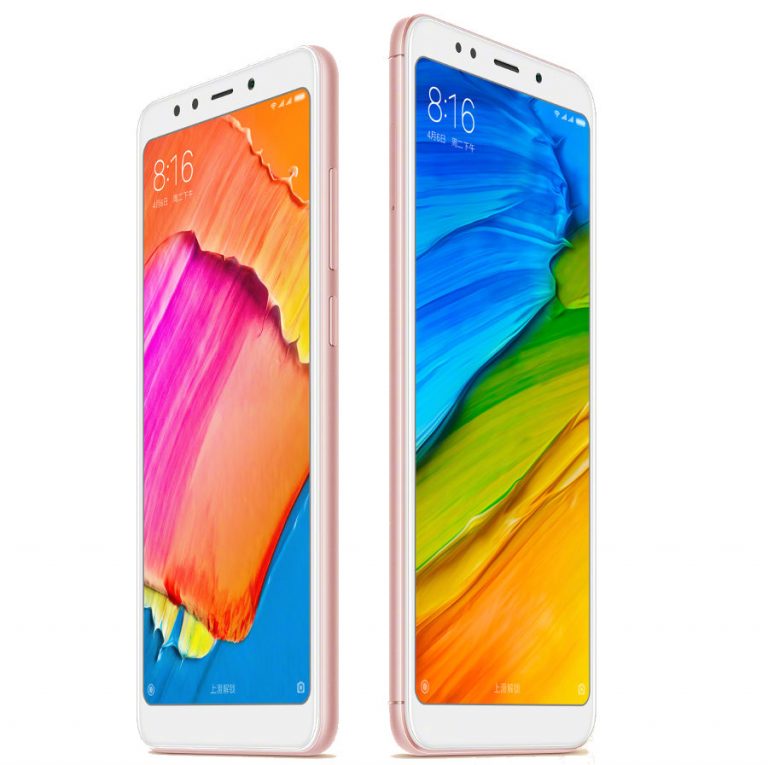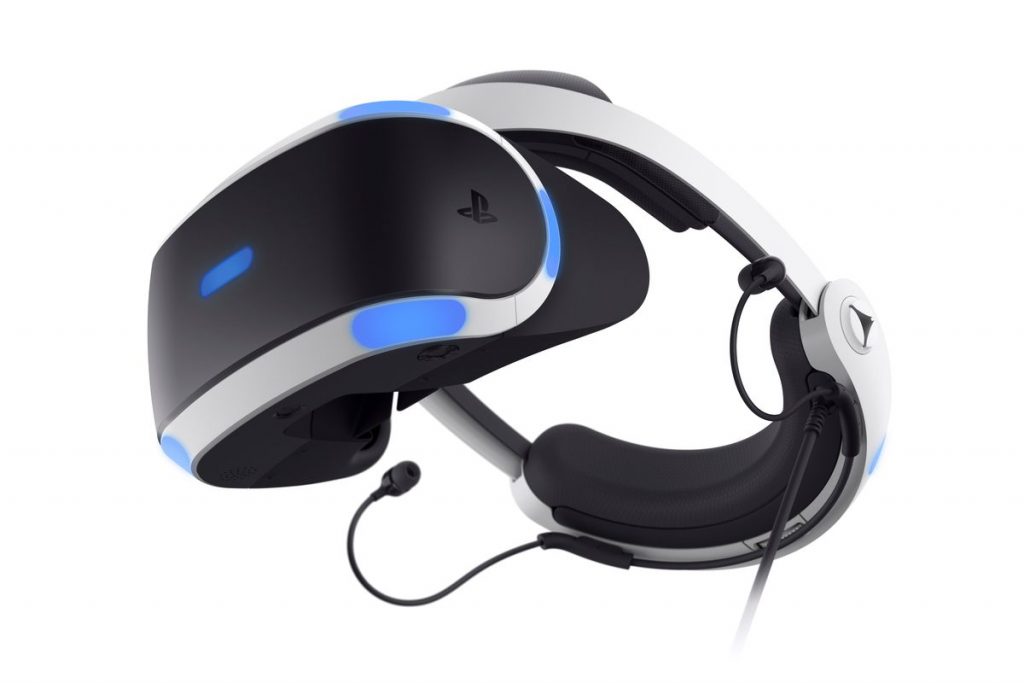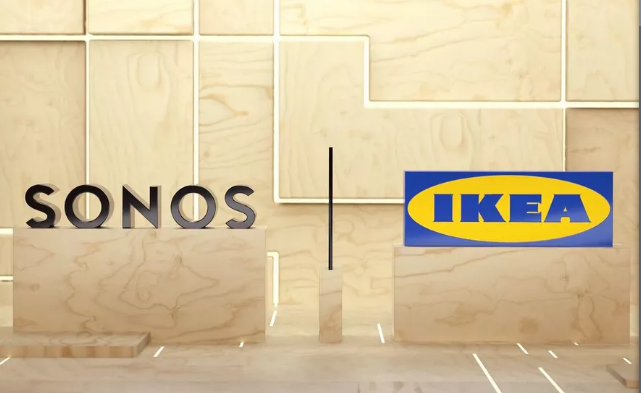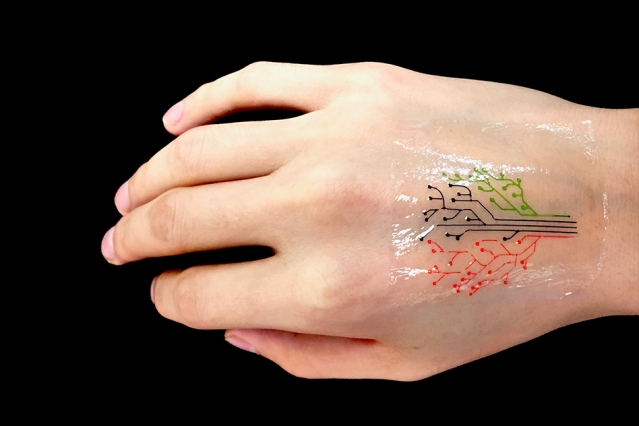
12-06: Qualcomm and MediaTek voice support for Google Android Go platform; Qualcomm and Baidu to help optimize DuerOS for Snapdragon processors; etc.
Chipsets
Intel CEO Brian Krzanich shows off the company’s roadmap to 2020 in that field, giving more detail and making some changes to a previously announced product in the process. That product is the Mobileye EyeQ5, the first processor in the range to support the highest theoretical levels of autonomous driving, and is due for production in 2020. (Android Headlines, Forbes, Leiphone)
Qualcomm Snapdragon 845 is said to be offer a 30% boost in graphics performance, 30% better power efficiency, and 2.5 times faster display throughput. The chip features Qualcomm’s new Adreno 630 graphics processor, a new Spectra 280 image signal processor, and other features that will lead to higher performance photo and video capture, enhanced computer vision capabilities for facial recognition and more. (Gizmo China, AnandTech, Liliputing, Laoyaoba)
Smartphone chip solution providers including MediaTek, Spreadtrum and Qualcomm are expected to see their gross margins rebound in 2018, as smartphone vendors are incorporating more fucntions to drive more innovative applications to shore up the unit prices of their new models, according to Digitimes (Digitimes, press, Laoyaoba)
Qualcomm has announced a new partnership with Chinese web service provider Baidu in a move to help optimize DuerOS for Snapdragon processors. With these optimizations, DuerOS will be able to feature an always-on component using Qualcomm’s Aqstic audio codec so that it can be summoned at any time by saying “Xiaodu Xiaodu”. (Android Central, Qualcomm, Baijiahao, 21CN)
BlackBerry and Qualcomm are expanding their partnership to tap the fast-growing connected automotive market. BlackBerry, which has developed software QNX Hypervisor 2.0 to run complex computer systems in vehicles, said it would use Qualcomm’s hardware in areas such as virtual cockpit controllers, electronic control gateways and infotainment systems. (GizChina, Reuters, CNET, iFeng)
Qualcomm showcases Aqstic AQT1000, which is the chip-maker’s new Aqstic Hi-Fi digital to analog converter (DAC). The Aqstic AQT1000 Hi-Fi digital to analog converter is a USB Type-C plug‘n’play module that will aim to bring out the best audio-centric experience to consumers than a regular DAC coupled with a 3.5mm audio jack would normally do. (Phone Arena, Slash Gear, Engadget, Anzhuo)
Google has officially launched Android Go, which is a smaller and more lightweight version of the Android OS that’s designed to be more efficient on less powerful hardware, and following this, both Qualcomm and MediaTek have announced plans to support the platform. The MT6739, MT6737, and MT6580 processors, among others, will have broad support packages available to run Android Oreo Go edition. (Android Central, Qualcomm, Android Authority, Sohu)
The average selling price (ASP) for 12-inch silicon wafers is estimated to surge 20%-30% on year in 4Q17, and is expected to enjoy the same annual growth rate in the corresponding quarter of 2018, according to Digitimes Research. (Digitimes, press, Apple Daily)
Tesla is “developing specialized AI hardware that we think will be the best in the world.” Tesla is reportedly working with AMD to refine its new chip, which will likely reduce its reliance on Nvidia. (The Verge, The Register, CNBC, China AI)
Touch Display
Sharp has cut off supply of TV panel to Samsung leading the latter to approach LG Display (LGD) for the panel supply. Samsung is facing 700K units panels demand gap, and LGD will only supply not more than 100K units in early 2018. As LGD might able to meet Samsung’s demand, Samsung might approach BOE for panel supply. (Laoyaoba, Dingkeji, XCN News, UDN)
With BOE, CSOT, LG Display and Foxconn expected to build 7 new Gen 10.5 factories by 2020, Gen 10 and larger fab flat panel display (FPD) capacity is expected to grow at a compound annual growth rate of 59% between 2017 and 2022, according to IHS Markit. (IHS Markit, press, Laoyaoba)
San’an Optoelectronics expects to add 100 new machines in 2017 to enhance and gradually release its production capacity and continue to expand its gap with its peers. It is revealed that, in addition to the new machine has been finalized, San’an will continue to release large orders MOCVD machine is expected to expand production action is expected to continue until 2019, sustained release of capacity to meet demand. (Sohu, ChinaFPD, Laoyaoba, LED-100)
Global TFT LCD panel makers are expected to be able to accelerate the development of profiled all-screen panels to compete more effectively with the single dominating AMOLED all-screen panel vendor, Samsung Display, leveraging their improved technology and increasing output from 6G LTPS LCD and 6G-8.6G IGZO LCD production lines in the Greater China area, according to Digitimes Research. (Digitimes, press, PJTime)
Mini LED chips sized 100µm~200µm size are set to be used in LCD TV, monitor, and smartphone panel backlighting, and fine-pixel pitch displays in 2018, according to Digitimes. However, production cost remains an issue. A 55” TV backlight unit (BLU) needs about 40,000 mini LEDs and a smartphone panel needs about 9,000 units. (Digitimes, press, iFeng)
LG Display (LGD) may be on the verge of providing display panels for Apple iPhone X, entering Apple’s OLED supply chain earlier than expected and reducing dependence on Samsung. (The Investor, iFeng, 163, Apple Insider)
Sharp’s chief executive, Tai Jeng-wu indicates that he wants to form a “Japan alliance” to better compete with the South Korean makers that are dominating the industry. Sharp wants to gain a foothold in the OLED market by teaming up with rival company Japan Display. (Engadget, Reuters, Sina, iFeng)
Camera
Several ads for a “Huawei PCE Series” phone were spotted online. The ads center around the phone’s camera capabilities and mention some pretty impressive specs like triple lens rear cameras with 40MP pictures, 5x hybrid zooming (which uses digital and optical zoom for better capturing far away objects) and a 24MP selfie camera. (Pocket-Lint, CNET, GSM Arena, iFeng, CS.com, Sohu)
Sensory
MIT has developed a 3D printable hydrogel that can sense and respond to stimuli. The hydrogel is loaded with bacteria that can be genetically programmed to light-up when they come in contact with certain chemicals and, therefore, could be used as living sensors. (Engadget, MIT, Advanced Materials, CN Beta)
Biometrics
Gingytech senior SVP Xiao Wenxiong indicates that in 2018 facial recognition will coexist with fingerprint recognition for smartphone. Android vendors currently are still facing difficulties to enter 3D facial recognition, and they only rely on 2D facial recognition supported by some anti-spoofing mechanisms. As a comparison, iris recognition positioning for smartphone is very unclear at this moment. (Laoyaoba, 52RD, EE World, MEM)
According to Loup Ventures analyst Gene Munster, Apple’s second largest supplier of vertical cavity surface emitting laser (VCSEL) arrays, Finisar, announced the acquisition of a 700,000-square foot plant, a move that suggests TrueDepth and Face ID are coming to all iPhones in 2018. (Apple Insider, Loup Ventures, CN Beta)
Battery
Wireless charging supply chain is divided into receiver and transmitter. Transmitter consists of chipsets, magnetic materials, transmission coils, module, and system integration. Receiver consists of chipset and system integration, which has higher technical barrier but with high profits (about 30% of wireless charging supply chain profits), main customers are smartphone vendors. International brand IDT has a lot of mass shipment experience, Broadcom is customizing for Apple. (ESM China, article, EE World)
Apple is developing L-shaped batteries to power two new OLED iPhone models set to debut fall 2018, according to KGI analyst Ming-Chi Kuo, who notes all 3 handsets expected to launch in 2018 will boast increased energy capacities. Apple’s new battery design is expected to increase the going rate of rigid-flex printed circuit boards (RFPCB) to increase 40%~50% year-over-year. All current iPhone battery suppliers, including Unitech, Compeq and Unimicron, will benefit from the ASP increase. (Apple Insider, Laoyaoba, CN Beta, Donews)
Smartphones
Yahoo and Mozilla, the maker of the Firefox web browser, are embroiled in a legal fight over a 2014 deal that made Yahoo the default search engine for Firefox users in the US. (Liliputing, Mozilla, Search Engine Land, Engadget, Business Insider, The Register, iFeng, Linux IDC, Sina)
Xiaomi CEO Lei Jun has stated that MIUI has over 300M active users worldwide. (GizChina, Sohu, iFeng)
Other than “full display”, foldable and flexible display are innovative products in these 2 years. Xiaomi CEO Lei Jun reveals that not only full display, Xiaomi will have more “unique” products in 2018. (Laoyaoba, Sina, CNMO)
Xiaomi CEO Lei Jun has revealed that they still are not 100% ready for a US launch just yet. He notes that the company still has their sights on a US launch, but apparently it will take “careful preparation” before they can do so, although he did not get into any specifics. (9to5Google, Ubergizmo, Sina)
Huawei consumer group product line chairman He Gang reveals that Huawei nova series 3rd generation have been launched for only more than 1 year, the cumulative shipment has reached 20M units. (GizChina, Sina, iFeng)
Huawei Nova 2S is announced in China – 6” 1080×2160 FHD+ display, HiSilicon Kirin 960 processor, rear dual 16MP-20MP + front dual 20MP-2MP cameras, 4 / 6GB RAM, 64 / 128GB storage, Android 8.0, 3340mAh battery, from CNY2699. (Android Central, GSM Arena, The Verge)
Xiaomi Redmi 5 and 5 Plus are announced in China, with rear 12MP (1.25µ) + front 5MP cameras, rear fingerprint scanner: Redmi 5 – 5.7” 1440×720 HD+ display, Qualcomm Snapdragon 450 processor, 2 / 3GB RAM, 16 / 32GB storage, 3300mAh battery, from CNY799. Redmi 5 Plus – 5.99” 2160×1080 FHD+ display, Qualcomm Snapdragon 625 processor, 3 / 4GB RAM, 32 / 64GB storage, 4000mAh battery, from CNY999. (Android Headlines, The Verge, Android Central, Business Today)
Wearables
Sony has announced that it has sold 70.6M units of PlayStation 4, including Slim and Pro models. They also have reached 2M PlayStation VR sales, better than the Oculus Rift and HTC Vive have sold. (The Verge, CN Beta, Polygon, Techspot, Forbes, Sony)
Internet of Things
Furniture designer and retailer Ikea has announced a partnership with Sonos to create new products in the future. Ikea recently moved into the smart home sector with intelligent lighting and other connected home gadgets, but this latest collaboration could see the brand integrate Sonos technology into its home furnishings and/or smart home platforms. (Digital Trends, CN Beta, Pocket-Lint)
